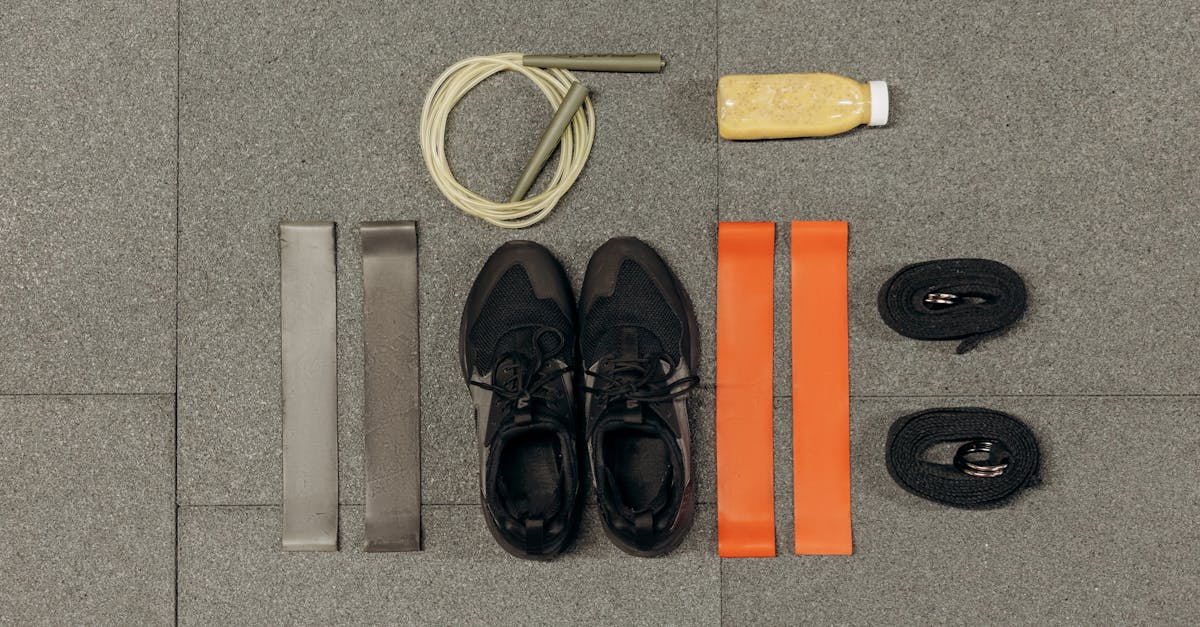
River Guide For Kayaking Adventures
- October 01, 2024
- 5 min Read
- Views 979
River Guide for Kayaking Adventures
When it comes to outdoor activities, kayaking stands out as an exhilarating and immersive way to connect with nature. Navigating the intricate waterways can be a thrilling experience, but to truly enjoy it, one needs a comprehensive river guide for kayaking adventures. This guide will equip you with the essential knowledge to make the most of your kayaking explorations.
Understanding the Basics of Kayaking
Before you hit the water, it's crucial to understand the fundamentals of kayaking. Kayaking involves using a double-bladed paddle to propel and steer a small boat. The different types of kayaks include recreational kayaks, touring kayaks, and white water kayaks, each designed for specific waters and conditions.
It's essential to choose the kayak that matches the type of river you plan to explore. For instance, a white water kayak is ideal for rapids and swift waters, while a touring kayak is best for long-distance river journeys. Safety gear, including a life jacket, helmet, and proper clothing, should always be part of your kayaking essentials.
Choosing the Right River for Your Adventure
The river you choose can make or break your kayaking experience. Rivers vary in difficulty levels, from calm and serene to wild and challenging. Beginners should start with class I or class II rivers, which feature gentle waters and minimal obstacles. More experienced kayakers can test their skills on class III and above, where the rapids are more intense and require advanced maneuvering skills.
Research your chosen river comprehensively. Consider factors like water levels, weather conditions, and potential hazards. Sources such as local kayaking clubs, online forums, and river guidebooks can provide valuable insights and real-time information.
Essential Skills for Kayaking River Adventures
Successful kayaking requires more than just paddling skills. Developing a range of techniques will enhance your safety and enjoyment on the water.
- Paddle Strokes: Learn and practice different paddle strokes, including forward, reverse, sweep, and draw strokes. Each stroke has its purpose and application in navigating through various water conditions.
- Bracing: Bracing techniques help in maintaining balance and preventing capsizing, especially when navigating through rapid or turbulent waters.
- Wet Exit and Re-entry: Knowing how to exit and re-enter your kayak in the event of a capsize is a crucial safety skill.
- Reading the River: Observing and interpreting river features like eddies, currents, and obstacles will allow you to choose the best path and avoid potential dangers.
Guide Steps for a Successful Kayaking Adventure
Step 1: Plan Your Trip
Proper planning is paramount. Determine the duration, route, and expected weather conditions. Make sure to inform someone about your trip details for safety purposes.
Step 2: Check Your Gear
Ensure all your gear is in excellent condition. Double-check your kayak, paddle, safety equipment, and personal items. Pack essentials like a first-aid kit, water, snacks, and a waterproof map.
Step 3: Warm-up and Stretch
Engage in a short warm-up session and stretching exercises to prevent muscle strains and improve flexibility. A fit body handles the physical demands of kayaking much better.
Step 4: Launch Carefully
When launching your kayak, always do so from a safe and designated spot. Avoid rocky shores or areas with strong currents. Get into your kayak slowly and make sure you’re seated comfortably before setting off.
Step 5: Navigate with Caution
Once on the river, maintain a steady pace. Use your paddling skills to steer clear of obstacles and follow the safest route. Keep an eye on the water surface for changes in current and potential hazards.
Step 6: Stay Hydrated and Energized
Kayaking can be physically demanding, so regularly hydrate and consume energy-boosting snacks. Monitor your energy levels and take breaks as needed.
Step 7: Respect Nature
Always respect the natural environment. Avoid disturbing wildlife, adhere to the Leave No Trace principles, and ensure that all waste is disposed of properly.
Step 8: Exit Safely
Conclude your kayaking adventure by carefully exiting the river. Choose a safe landing spot and assist others if you’re on a group trip.
Frequently Asked Questions
- What should I wear for river kayaking?
Wear moisture-wicking clothes, a life jacket, and a helmet. Depending on the weather, you might need a wetsuit or drysuit.
- Do I need a license for river kayaking?
It depends on the location and the specific waterway regulations. Check with local authorities before your trip.
- Can beginners kayak on all rivers?
No, beginners should stick to gentler rivers (class I or class II) until they gain more experience.
- How can I find a river guide for kayaking adventures?
Research online, join local kayaking clubs, or hire professional guides to find comprehensive and reliable river guides.
- What is the best time to go river kayaking?
The best time depends on the river’s location and climate. Generally, late spring to early autumn offers favorable conditions. However, always check weather forecasts and water levels before your trip.
Tags
#RiverGuide #KayakingAdventures #OutdoorActivities #RiverKayaking #PaddlingSkills #NatureExploration #KayakSafety #WaterSports #AdventureGuide #KayakTrip
References
People Also View
-
1October 02, 2024
-
2October 09, 2024
-
3October 02, 2024
-
4October 13, 2024
-
5October 03, 2024
Categories
- Near Me 2147 Posts
- How To 548 Posts
- Where To 257 Posts
- Why 90 Posts
- How Much 97 Posts
- Travel 202 Posts
- Food And Drink 815 Posts
- Shopping 797 Posts
- Lifestyle 1050 Posts
- Automotive 364 Posts
- Digital Income 70 Posts








